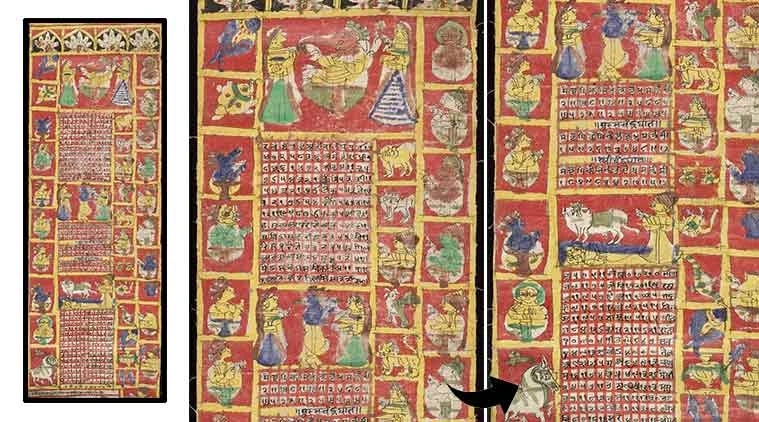Understanding the Hindu Calendar: A Comprehensive Guide
The lunar calendar, also known as the Tithi calendar, is based on the phases of the Moon and is used to determine the timing of various religious festivals and ceremonies.


The lunar calendar, also known as the Tithi calendar, is based on the phases of the Moon and is used to determine the timing of various religious festivals and ceremonies.

